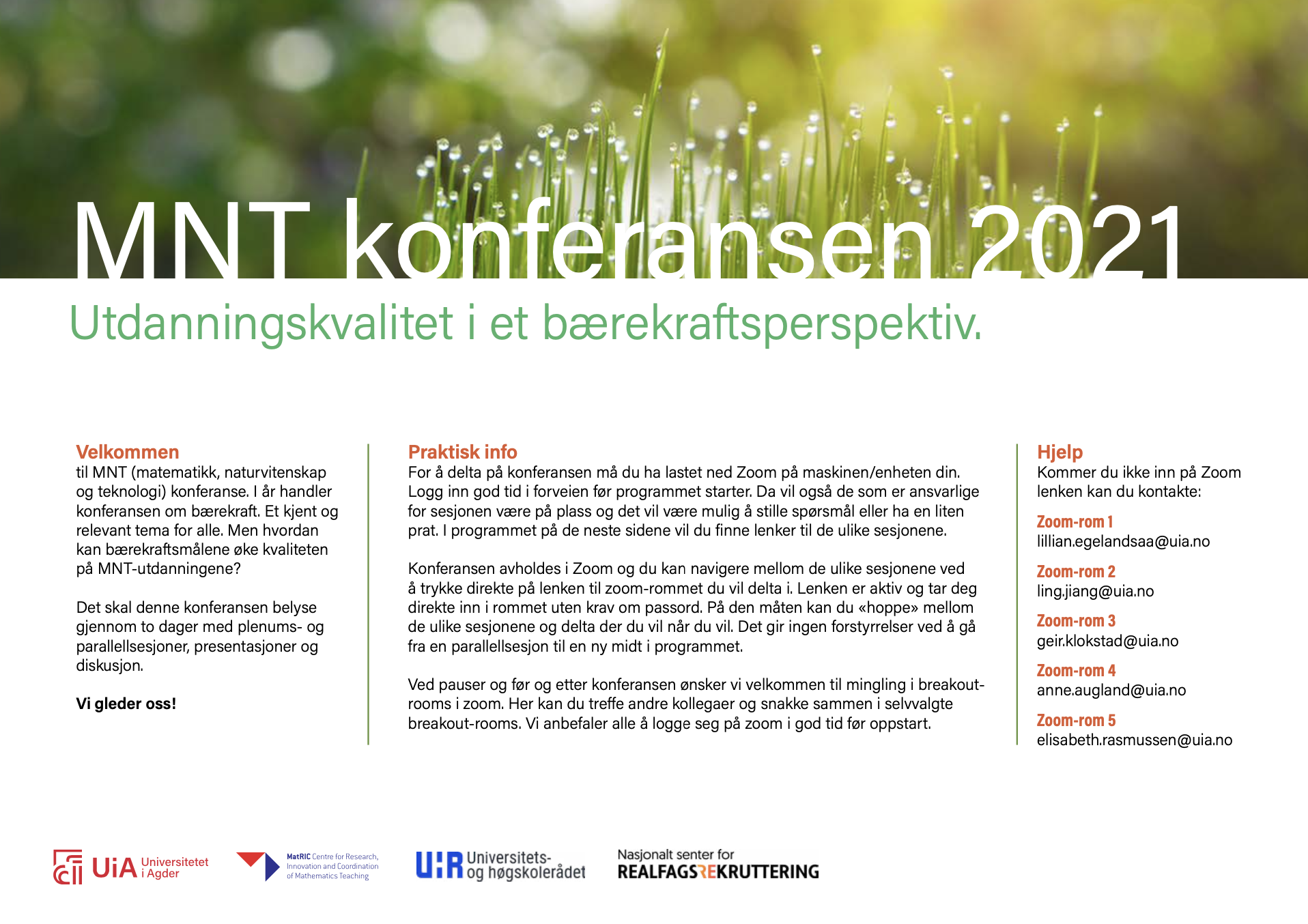Case study: Employing Agile Tools in Teaching Product Development to Mechatronics Students
DOI:
https://doi.org/10.5324/njsteme.v5i1.3900Abstract
Agile tools such as Git are widely used in the industry for source control, collaboration and documentation. Such tools have been implemented in a mechatronic product development course to allow for easier collaboration between students. The course content is mainly provided using a GitLab Pages webpage which hosts software documentation and scripts. This course was first changed in 2019 to include the development of an autonomous strawberry picker. However, the use of standard learning management system and lecture slides provided a cumbersome experience for the students. Therefore, these agile tools were presented in 2020 version to improve the course. In this paper, the course content is detailed, and student feedback from both years are discussed to reveal the outcome of the changes.
Downloads
Downloads
Published
Issue
Section
License
Copyright (c) 2021 Sondre Sanden Tørdal, Andreas Klausen, Mette Mo Jakobsen

This work is licensed under a Creative Commons Attribution 4.0 International License.
The Nordic Journal of STEM Education licenses all content of the journal under a Creative Commons Attribution (CC-BY) licence. This means, among other things, that anyone is free to copy and distribute the content, as long as they give proper credit to the author(s) and the journal. For further information, see Creative Commons website for human readable or lawyer readable versions.
Authors who publish with this journal agree to the following terms:
1. Authors retain copyright and grant the journal right of first publication with the work simultaneously licensed under a Creative Commons Attribution License that allows others to share the work with an acknowledgement of the work's authorship and initial publication in this journal.
2. Authors are able to enter into separate, additional contractual arrangements for the non-exclusive distribution of the journal's published version of the work (e.g., post it to an institutional repository or publish it in a book), with an acknowledgement of its initial publication in this journal.
3. Authors are permitted and encouraged to post their work online (e.g., in institutional repositories or on their website) prior to and during the submission process, as it can lead to productive exchanges, as well as earlier and greater citation of published work (See The Effect of Open Access

